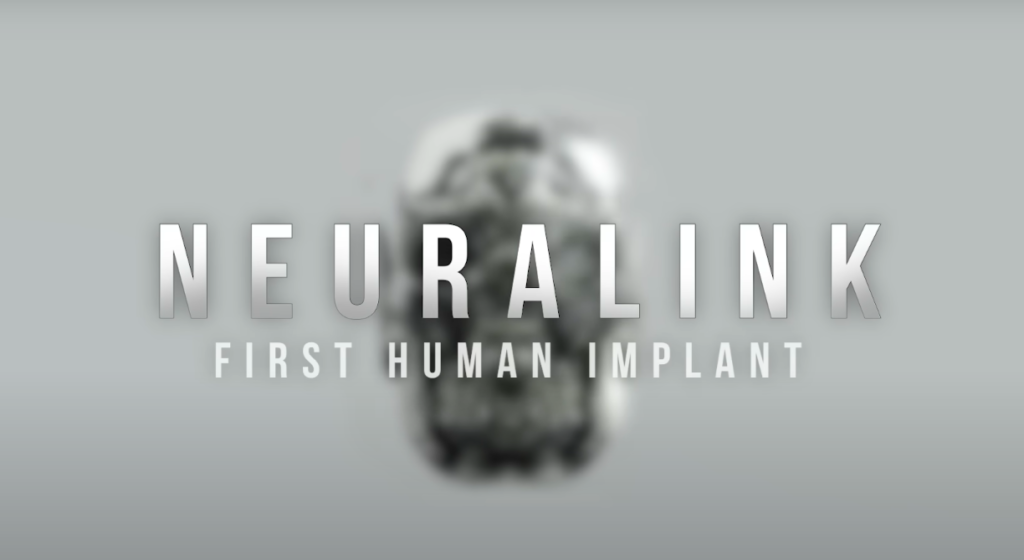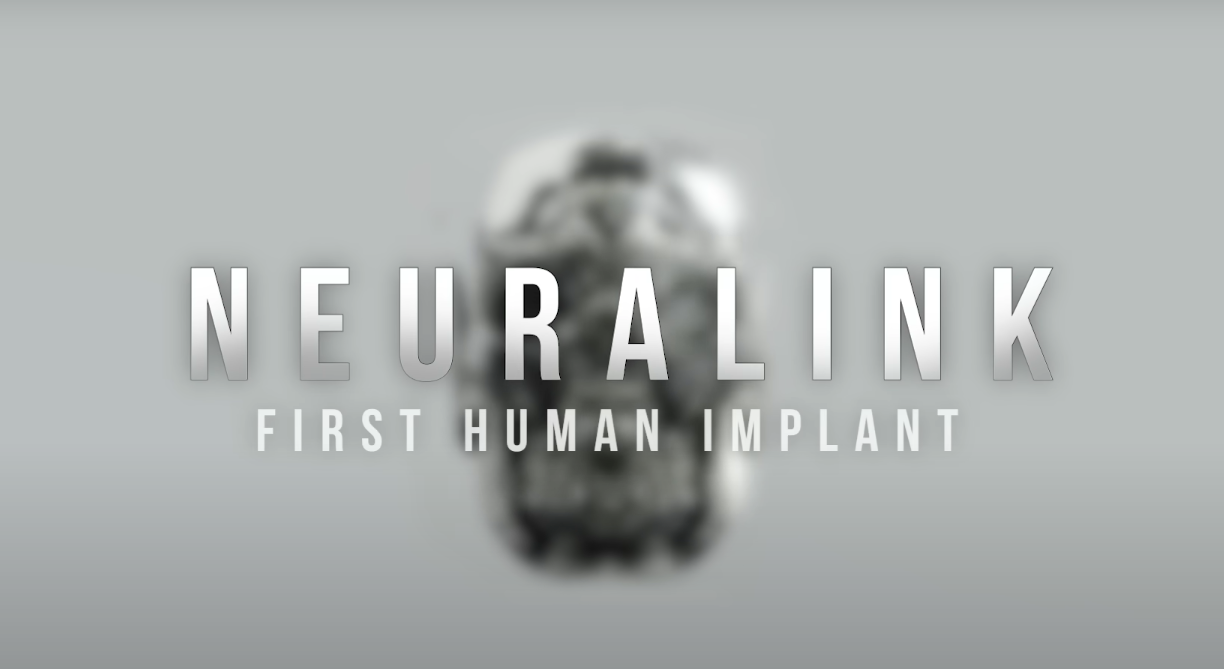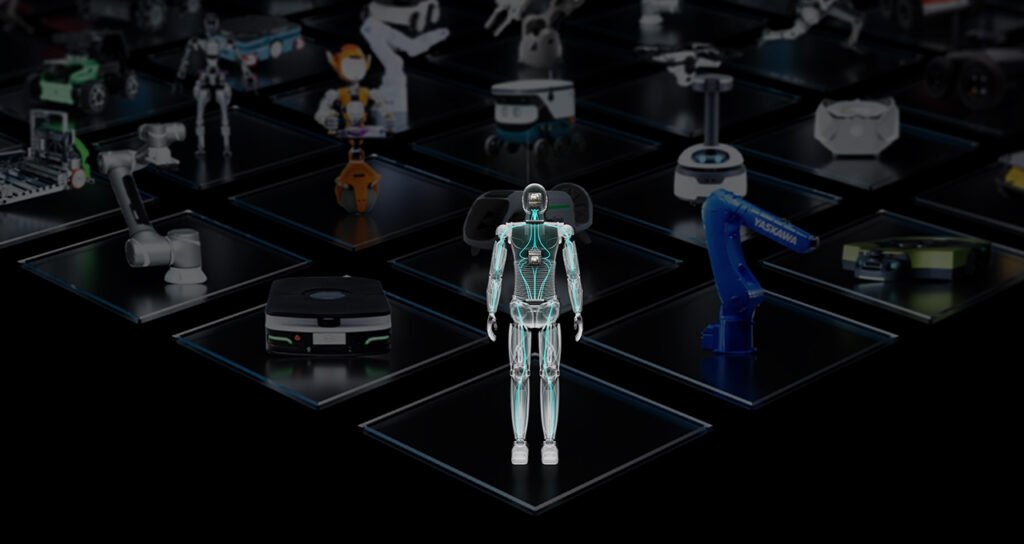Elon Musk’s Neuralink, aiming to revolutionize brain-computer interfaces (BCIs), has implanted a “brain-reading” device in a person for the first time.

What is Neuralink?
Similar to other BCIs, Neuralink’s device aims to allow people with severe paralysis to control devices like computers or wheelchairs using their thoughts alone. It works by recording and decoding brain activity, a technology with various potential applications beyond helping people with disabilities.
Cautious Excitement:
Scientists like Mariska Vansteensel, a neuroscientist and president of the BCI Society, hope the trial demonstrates the device’s safety and effectiveness in recording brain signals. However, a lack of detailed information raises concerns.
Transparency Concerns:
The trial’s lack of registration on ClinicalTrials.gov, a public repository, and limited public information worry researchers. They emphasize the importance of transparency in clinical trials for ethical reasons and to protect volunteers.
How is Neuralink Different?
Neuralink’s chip differs from other BCIs by:
- Targeting individual neurons: This offers potentially higher data resolution but requires electrodes penetrating the brain, unlike some surface-level BCIs.
- Being fully implanted and wireless: This eliminates the need for a physical connection to a computer, improving convenience and reducing infection risk.
- Having more recording sites: This could increase brain-machine communication bandwidth, potentially offering more control and functionality.
What will we learn?
Safety is paramount in this early stage. Experts expect the trial to monitor for any immediate or long-term complications caused by the device. Additionally, the trial will assess the device’s functionality and user experience, including how well users can control devices and their feedback on the system.
Concerns Remain:
While excited about the potential, scientists raise concerns about:
- Volunteer safety: Ensuring their well-being is crucial, especially considering the FDA previously rejected a Neuralink trial application.
- Transparency: More information about the trial protocol and results is needed for ethical reasons and to build public trust.
The Future of BCIs:
Neuralink’s trial marks a significant step in BCI development. While questions and concerns remain, it paves the way for further advancements in this technology that could revolutionize how we interact with the world around us.
If you are interested in upcoming new technologies then you should read our article on Google’s Bard is now Gemini with More Power, click on the post below:
If you liked this article, share it with your friends who like science and technology. If you want to read more articles and web stories like this, click the link below.










One Comment